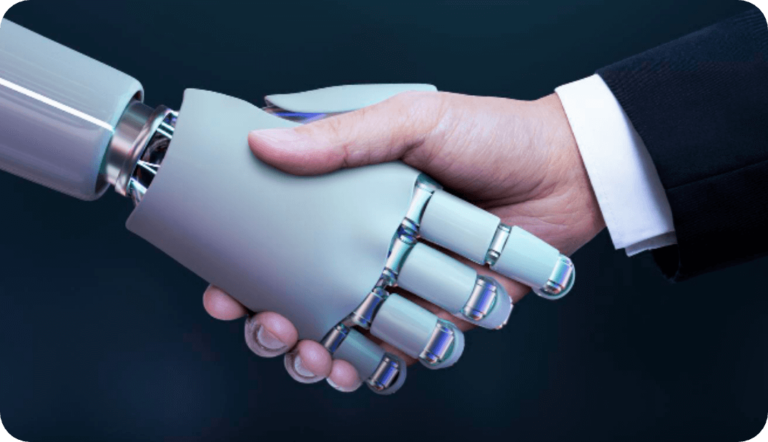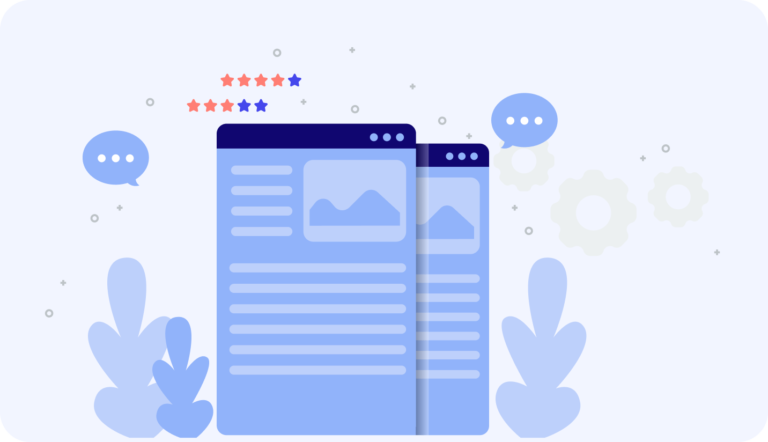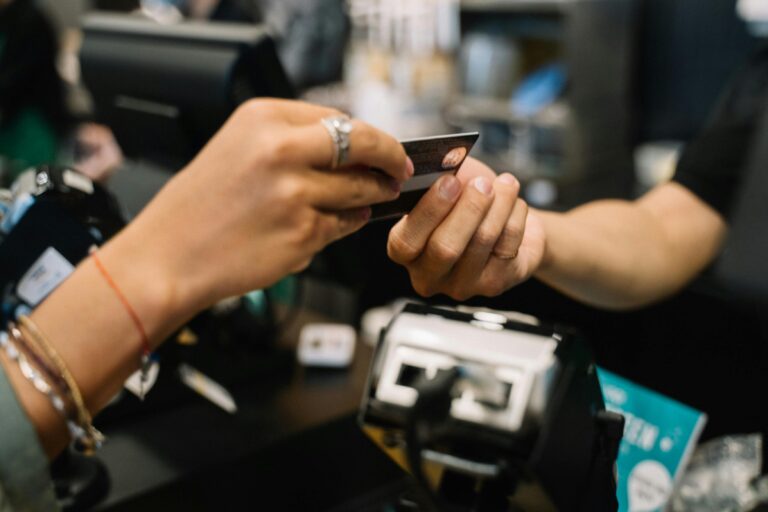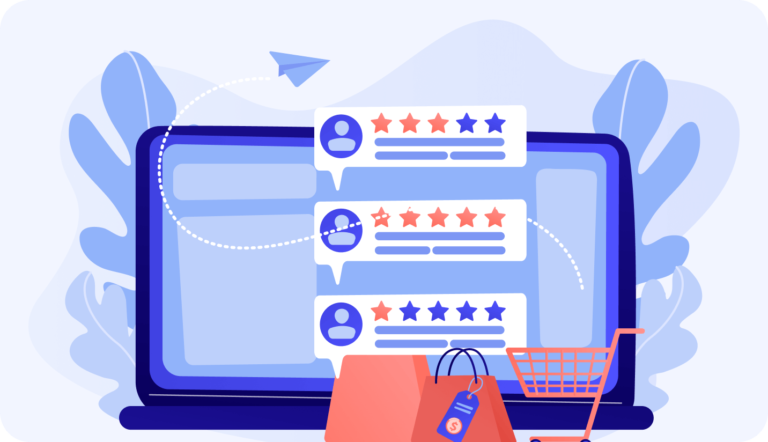In today’s competitive landscape, businesses are constantly seeking innovative ways to retain customers and foster brand loyalty. One effective strategy that has emerged is the integration of loyalty programs within lifecycle marketing efforts. This blog post explores how loyalty programs can be leveraged to enhance lifecycle marketing, ensuring that customers remain engaged and loyal throughout their journey with a brand
Lifecycle marketing is a holistic approach that recognizes the different stages a customer goes through with a brand, from initial awareness to advocacy. It’s about delivering the right message, at the right time, through the right channel to nurture a long-term relationship. Loyalty programs, when thoughtfully integrated into this approach, can significantly amplify its effectiveness.
The Power of Personalization
At the core of a successful integration is personalization. Loyalty programs can collect valuable data about customer preferences and behaviors, which can then be used to tailor communications and offers at each stage of the customer lifecycle. For example, during the consideration stage, a brand might offer loyalty points for attending a webinar or participating in a survey, thereby increasing engagement.
Segmentation for Targeted Engagement
Segmentation is another critical aspect. By categorizing customers based on their interactions and transaction histories, businesses can create more targeted and relevant campaigns. This ensures that loyalty rewards and messages resonate more deeply with each segment, whether it’s a new customer, a repeat buyer, or a lapsed one.
Enhancing Customer Experiences
The integration of loyalty programs into lifecycle marketing also offers an opportunity to enhance overall customer experiences. Exclusive rewards, early access to sales, and personalized rewards based on customer milestones (such as membership anniversaries) can make customers feel valued and deepen their emotional connection to the brand.
Real-World Success Stories
Many companies have successfully implemented this strategy. For instance, a global fashion retailer might use its loyalty program to offer birthday discounts, early access to new collections, and exclusive events to its members, tailored to their purchase history and preferences. Similarly, a tech company could reward customers with points for software renewals, which can be redeemed for exclusive access to tutorials or premium support services.
Starbucks’ Rewards Program: Starbucks uses its loyalty program to personalize the customer experience effectively. By leveraging purchase data, Starbucks offers personalized deals and recommendations, rewarding customers with points for every purchase. This approach not only encourages repeat business but also strengthens the emotional connection with the brand throughout the customer lifecycle.






